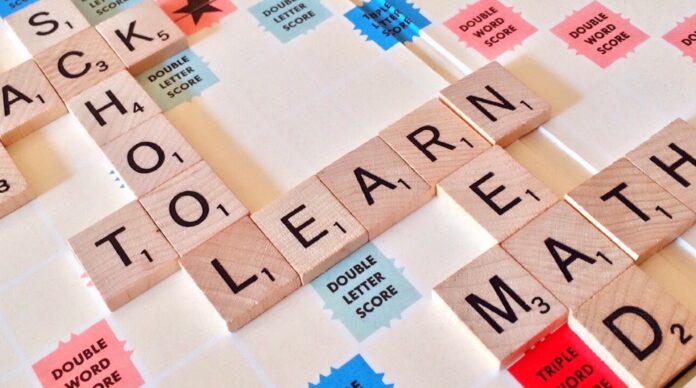Multimodal learning is an approach to education that involves using different modes of learning to enhance student understanding. In today’s fast-paced and technology-driven world, the ability to learn and adapt quickly is essential. Multimodal learning provides a unique opportunity to combine different modalities and tailor instruction to individual students’ needs. Which has been shown to improve students’ overall understanding of the material.
What is Multimodal Learning?
Multimodal learning is the use of multiple modalities, such as visual, auditory, kinesthetic, and tactile, to present information to learners. This approach recognizes that people have different learning styles, and some students may learn better through one modality than another. By incorporating different modes of learning, educators can cater to different learning styles and increase the likelihood of student comprehension.
Benefits of Multimodal Learning
Multimodal learning has several benefits that can enhance student learning and understanding. First, it can improve the retention of information. Research has shown that combining visual and auditory information can improve memory retention, making it easier for students to recall information. Additionally, multimodal learning can increase engagement and motivation. By incorporating different modalities, educators can make the learning experience more dynamic and interactive, which can help to keep students engaged.
Multimodal learning also caters to different learning styles. Students who learn better through visual aids can benefit from diagrams, images, and videos. Auditory learners can benefit from lectures, discussions, and podcasts. Kinesthetic learners can benefit from hands-on activities, such as experiments or simulations. By incorporating different modalities, educators can ensure that all students have access to learning materials that cater to their individual needs.
Multimodal learning can also enhance critical thinking and problem-solving skills. By presenting information in different ways, students are encouraged to approach problems from multiple angles, which can improve their ability to think creatively and critically. Furthermore, it can improve communication skills, as students are exposed to different types of media and encouraged to express their ideas in different formats.
Lastly, it has been shown to improve academic performance. By presenting information in different ways, students are better able to connect with the material and apply it to different contexts, leading to better academic outcomes.
Strategies for Implementing Multimodal Learning
To implement it effectively, educators can take several approaches. One approach is to create a flexible and dynamic learning environment. This can involve incorporating different types of media, such as videos, images, and simulations, to engage students and provide them with different perspectives on the material.
Another approach is to incorporate technology. This can involve using online tools and resources, such as interactive learning platforms, video conferencing, and virtual labs, to provide students with a variety of learning experiences. Collaborative learning can also be an effective strategy for multimodal learning, as it encourages students to work together to solve problems and share ideas.
Finally, providing opportunities for reflection can be a valuable tool for reinforcing learning. Reflection can involve journaling, group discussions, or individual assessments, allowing students to process and consolidate their learning experiences.
Potential Challenges and Limitations
Despite the benefits of multimodal learning, there are also potential challenges and limitations to consider. One limitation is limited resources and accessibility issues. Some students may not have access to the technology or resources necessary to engage in learning. Additionally, there is a potential for distraction and overload, particularly if too many modalities are used simultaneously.
Another challenge is creating a balanced and effective multimodal learning experience. It can be difficult to balance different modalities and ensure that all students have access to materials that cater to their individual needs. Additionally, there may be a learning curve for both educators and students as they adapt to new technologies and teaching methods.
Conclusion
Multimodal learning is an effective approach to enhancing student learning and understanding. By incorporating different modalities, educators can improve the retention of information, increase engagement and motivation, cater to different learning styles, enhance critical thinking and problem-solving skills, improve communication skills, and improve academic performance. Implementing strategies such as creating a flexible learning environment, incorporating technology, collaborative learning, and providing opportunities for reflection can enhance the effectiveness of multimodal learning.
While there are potential challenges and limitations, such as limited resources and accessibility issues, and the potential for distraction and overload, the benefits of multimodal learning make it a valuable tool for educators to enhance student learning and understanding. By adapting and evolving with changing technologies and learning styles, educators can continue to incorporate multimodal learning in their teaching practices and provide their students with a dynamic and effective learning experience.
And as always folks be sure to check out the Global Growth Forum for similar interesting and informative articles. Also, check out the Mojo Patrakar if you would like to read articles in Hindi.









